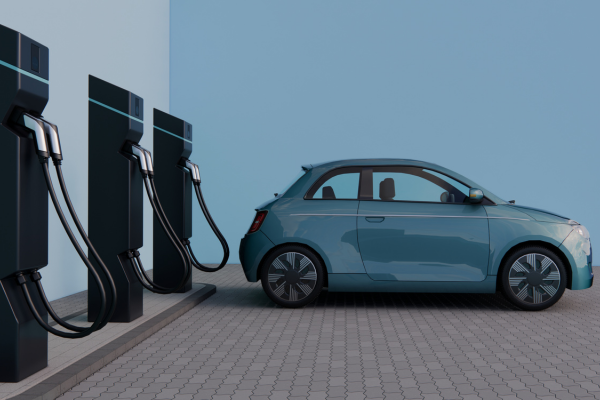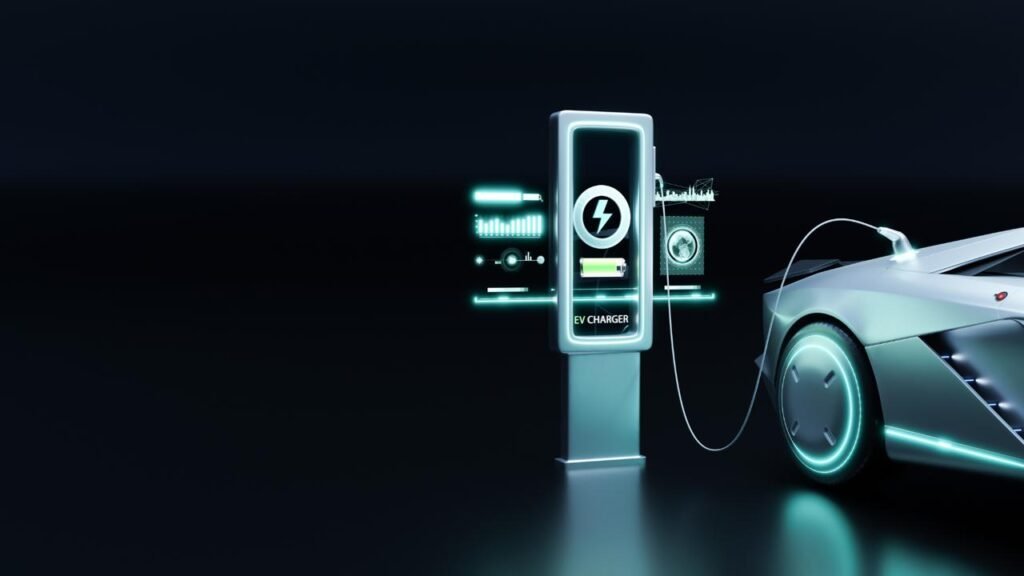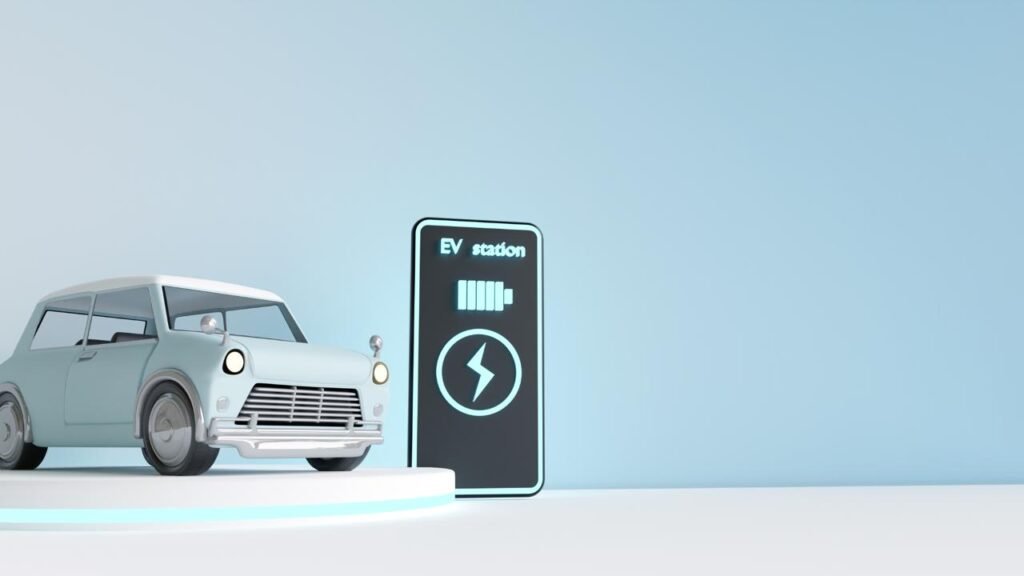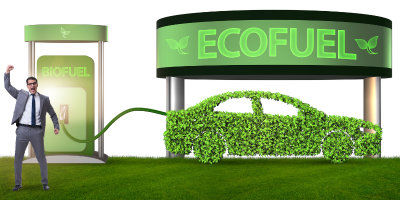Table Of Content:
- Introduction
- Importance Of Electric Vehicles And Hybrid Vehicles
- Comparison Between Electric vehicles And Hybrid Vehicles
- Conclusion
Introduction:
In the realm of automotive innovation, the spotlight shines bright on two contenders: Electric Vehicles (EVs) and Hybrid Vehicles. As society pivots towards sustainability, the debate intensifies over which is the superior choice for environmentally conscious consumers. Let’s embark on a journey to demystify the differences between these eco-friendly alternatives, navigating through their mechanics, environmental impact, cost considerations, and the driving experience they offer.
Importance Of Electric Vehicles And Hybrid Vehicles Towards Environment.
Electric Vehicles & Hybrid Vehicles played a crucial role in making the environment cleaner and greener and the choice between Electric Vehicles and Hybrid Vehicles is multifaceted, influenced by factors such as
- Driving habits,
- Range requirements,
- Performance preferences,
- Environmental priorities.
Whether you opt for the zero-emission purity of an EV or the hybrid versatility of a dual-powertrain vehicle, both options represent significant strides towards a greener, more sustainable future on the roads. As the automotive landscape evolves, embracing innovation and eco-conscious transportation practices will drive us towards a harmonious coexistence between mobility and environmental stewardship.
Comparison Between Electric Vehicles and Hybrid Vehicles:
1. Electric Vehicles and Hybrid Vehicles : The Heart of the Machines:


- Electric Vehicles (EVs): EVs are powered solely by electricity stored in large batteries. These vehicles rely on electric motors for propulsion, ditching traditional internal combustion engines altogether.
- Hybrid Vehicles: In contrast, hybrids integrate both electric motors and internal combustion engines. They employ a dual powertrain system, allowing them to switch seamlessly between electric and gasoline propulsion. This setup grants hybrids versatility, particularly in scenarios where electric charging infrastructure is limited.
2. . Electric Vehicles and Hybrid Vehicles has Environmental Footprint: Greener Mileage


- Electric Vehicles (EVs): EVs boast zero tailpipe emissions, making them a frontrunner in the race towards carbon neutrality. By drawing power from the grid, EVs substantially reduce greenhouse gas emissions, provided the electricity is sourced from renewable or low-carbon sources.
- Hybrid Vehicles: While hybrids offer improved fuel efficiency compared to traditional gasoline vehicles, their environmental impact is not as pronounced as that of EVs. While driving in electric mode, hybrids emit zero tailpipe emissions, but they still rely on gasoline for longer journeys, contributing to air pollution and carbon emissions.
3. Charging Infrastructure: The Power Struggle


- Electric Vehicles (EVs): One of the primary concerns for EVs owners is the availability of charging stations. While the network is expanding rapidly, range anxiety remains a prevalent issue, especially during long-distance travels. However, advancements in fast-charging technology are mitigating these concerns, allowing for quicker and more convenient recharges.
- Hybrid Vehicles: Hybrids alleviate the need for extensive charging infrastructure since they can rely on gasoline when the battery depletes. This flexibility appeals to consumers wary of the limited charging infrastructure for EVs. Nonetheless, access to electric charging points can still enhance the driving experience for hybrid owners, offering an eco-friendly alternative for shorter trips.
4. Financial Considerations: Balancing the Books:
- Electric Vehicles (EVs): The upfront cost of purchasing an EV tends to be higher than that of hybrid vehicles, primarily due to the expensive battery technology. However, EV owners benefit from lower operating costs, including reduced fuel expenses and minimal maintenance requirements, resulting in long-term savings.
- Hybrid Vehicles: Hybrids typically offer a more affordable entry point into the world of eco-friendly driving, making them an attractive option for budget-conscious consumers. Although they may require regular maintenance and fuel expenses, hybrids strike a balance between environmental consciousness and financial prudence.
5. Driving Experience: Behind the Wheel
- Electric Vehicles (EVs): With instant torque and smooth acceleration, EVs deliver a silent and serene driving experience. The absence of engine noise amplifies the sensation of gliding effortlessly on the road, creating a futuristic and tranquil ambiance.
- Hybrid Vehicles: While hybrids may not match the whisper-quiet operation of EVs, they still provide a refined driving experience. The seamless transition between electric and gasoline power ensures a dynamic yet comfortable ride, catering to a wide spectrum of driving preferences.
6. Range and Driving Habits: Going the Distance
- Electric Vehicles (EVs): EVs typically offer a limited driving range on a single charge, which can range from around 100 to 400 miles depending on the model and battery capacity. However, advancements in battery technology are steadily increasing the range of EVs, addressing concerns regarding range anxiety. For individuals with shorter commutes and access to charging infrastructure, EVs can offer practical and sustainable transportation solutions.
- Hybrid Vehicles: Hybrids boast greater range flexibility compared to EVs, thanks to their ability to switch between electric and gasoline power. While pure electric range in hybrids is usually shorter, the combined range of electric and gasoline propulsion can exceed that of EVs. This makes hybrids well-suited for drivers with longer commutes or those who frequently undertake road trips.
7. Maintenance and Ownership Costs: Long-Term Considerations:
- Electric Vehicles (EVs): EVs benefit from simpler drivetrain architectures with fewer moving parts compared to traditional internal combustion vehicles. As a result, maintenance requirements are typically lower, translating to reduced servicing costs over the vehicle’s lifespan. Moreover, EVs are exempt from certain expenses associated with gasoline-powered vehicles, such as oil changes and exhaust system repairs.
- Hybrid Vehicles: While hybrids may not offer the same level of maintenance savings as EVs, they still exhibit superior reliability and longevity compared to conventional gasoline vehicles. The integration of electric components necessitates periodic inspections and potential repairs, but the overall maintenance costs remain competitive. Additionally, hybrids may qualify for government incentives and tax credits, further offsetting ownership expenses.
8. Environmental Lifecycle Analysis Between Electric Vehicles and Hybrid Vehicles:


- Electric Vehicles (EVs): Assessing the environmental impact of EVs extends beyond tailpipe emissions to include factors such as manufacturing processes, battery production, and end-of-life disposal. While EVs produce zero emissions during operation, the extraction of raw materials for battery production and the energy-intensive manufacturing process raise concerns regarding the overall carbon footprint. However, advancements in sustainable manufacturing practices and battery recycling initiatives are mitigating these environmental concerns.
- Hybrid Vehicles: Similarly, the lifecycle analysis of hybrids encompasses considerations beyond tailpipe emissions, including the environmental impact of gasoline production and combustion. While hybrids emit lower levels of greenhouse gases compared to conventional vehicles, they still contribute to air pollution and resource depletion throughout their lifecycle. However, the integration of electric components in hybrids facilitates energy recovery through regenerative braking, improving overall efficiency and reducing environmental impact.
9. Market Trends and Consumer Adoption For Electric Vehicles And Hybrid Vehicles.
- Electric Vehicles (EVs): The electric vehicle market is experiencing rapid growth and innovation, driven by advancements in battery technology, government incentives, and shifting consumer preferences. As EV infrastructure continues to expand and battery costs decline, EVs are poised to become increasingly accessible and mainstream, revolutionizing the automotive industry.
- Hybrid Vehicles: While hybrid vehicles have paved the way for electrified transportation, their market share is gradually declining as EV adoption accelerates. However, hybrids remain a viable transitional option for consumers hesitant to fully embrace electric mobility. As automakers continue to invest in hybrid technology and improve fuel efficiency, hybrids will likely maintain a presence in the market for years to come.
Conclusion:
In conclusion, the comparison between electric vehicles (EVs) and hybrid vehicles underscores the evolving landscape of automotive technology and sustainability.
EVs offer unparalleled environmental benefits with zero tailpipe emissions and reliance on renewable energy sources. They represent a promising solution for reducing carbon footprint and dependence on fossil fuels in the long run. However, challenges such as limited range and charging infrastructure still need to be addressed to enhance their widespread adoption.
On the other hand, hybrid vehicles provide a transitional option, blending conventional internal combustion engines with electric propulsion, offering improved fuel efficiency and reduced emissions compared to traditional vehicles. They serve as a pragmatic choice for consumers who seek environmental consciousness without compromising on driving range and convenience.
Ultimately, the choice between EVs and hybrid vehicles depends on individual preferences, driving patterns, and infrastructure availability. As technology advances and market dynamics evolve, both EVs and hybrids will continue to play significant roles in shaping the future of transportation towards sustainability and reduced environmental impact.
Frequently Asked Questions:
Electric vehicles (EVs) run solely on electricity stored in batteries and do not use gasoline at all, while hybrid vehicles utilize both an electric motor and an internal combustion engine powered by gasoline.
Electric vehicles are generally considered more environmentally friendly because they produce zero tailpipe emissions. However, the overall environmental impact depends on factors such as the source of electricity used to charge EVs and the manufacturing process of batteries.
Electric vehicles have zero tailpipe emissions, lower operating costs (since electricity is often cheaper than gasoline), and typically require less maintenance due to fewer moving parts in electric drivetrains.
Generally, electric vehicles tend to have a shorter range compared to hybrid vehicles with gasoline engines, but this is changing rapidly with advancements in battery technology. Some high-end electric vehicles now offer ranges comparable to or exceeding those of many hybrid vehicles.
Charging time for electric vehicles varies depending on the charging method and the size of the vehicle’s battery. It can range from a few hours with fast chargers to several hours with slower charging methods. Refueling a hybrid vehicle with gasoline usually takes just a few minutes at a gas station.

